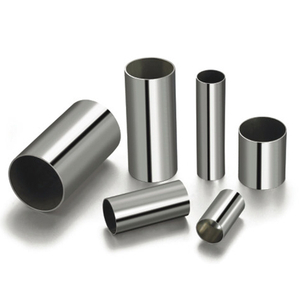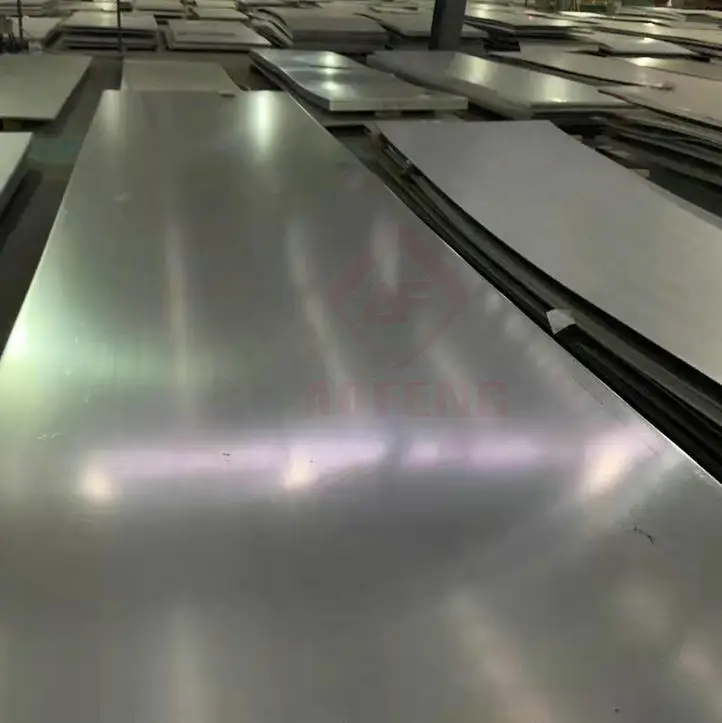

Plate heat exchangers, corrugated pipes, household goods (category 1 and 2 tableware, cabinets, indoor pipelines, water heaters, boilers, bathtubs), auto parts (windshield wipers, mufflers, molded products), medical appliances, building materials, chemicals, food industry, agriculture, ship parts, etc. Suitable for food processing, storage and transportation. Corrosion-resistant in the atmosphere, if it is an industrial atmosphere or a heavily polluted area, it needs to be cleaned in time to avoid corrosion. Hardening phenomenon (use temperature -196 ° C ~ 800 ° C). As a widely used steel, it has good corrosion resistance, heat resistance, low temperature strength and mechanical properties it has good hot workability such as stamping and bending, and has no heat treatment. 304 stainless steel is the most widely used chromium-nickel stainless steel. 304 stainless steel and 304L stainless steel have similar uses, but in some special applications, their uses may be different. But 304 stainless steel tensile strength is higher, 304 ≧525MPa 304L≧485MPa.Ĥ. Different mechanical properties.304L stainless steel is a steel type obtained by reducing the carbon content of 304 to less than 0.03%,so that,304L stainless steel can be suppressed between 500 and 900 degrees Celsius. Chemical composition is different.The most basic is that the carbon content of 304L stainless steel is less than 0.03 while the carbon content of 304 stainless steel is less than 0.08.ģ. So first of all, if 304L stainless steel is used instead of 304 stainless steel, the cost will increase.Ģ. Price is different. The price of 304L stainless steel is generally higher than that of 304 stainless steel.Taking the ex-factory price of YONGJIN as an example, the ex-factory price of 304L stainless steel is 100 yuan higher than the price of 304 per ton. The corresponding grades of 304L stainless steel are: SUS304L, UNS S30403.The lower carbon content minimizes the precipitation of carbides in the heat-affected zone near the weld, which can lead to intergranular corrosion of stainless steels in some environments (weld attack).ġ.

It is often used in chemical, food processing and other fields. The common labeling methods on the market include 06Cr19Ni10 and SUS304, among which 06Cr19Ni10 generally indicates the national standard production, 304 stainless steel generally indicates the ASTM standard production, and SUS 304 indicates the Japanese standard production.ģ04L stainless steel is a variant of 304 stainless steel with a lower carbon content,with good corrosion resistance and welding performance.

The difference between 304 stainless steel and 304L stainless steelģ04 stainless steel is a common material in stainless steel, with a density of 7.93 g/cm³ it is also called 18/8 stainless steel in the industry, which means it contains more than 18% chromium and more than 8% nickel it can withstand high temperature of 800☌ and has good processing performance, high toughness characteristics, widely used in industry and furniture decoration industry and food medical industry.


 0 kommentar(er)
0 kommentar(er)
